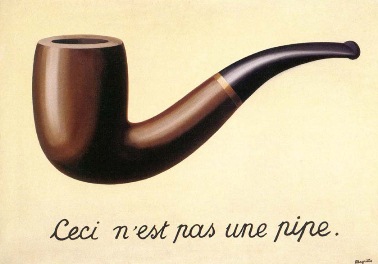From 2019: A Russian transit app made a satirical update by adding a map of Omsk, a Siberian city around 1,400 miles from Moscow. The map showed an icon for the local airport, along with a train station on the Trans-Siberian Railway. Interestingly, it also showed a single red dot to mark a local Metro stop. There were no lines connecting it to nearby stations, and information about buying a ticket was nowhere to be found..." [continue reading on Atlas Obscura (from December 18, 2019 post)].
So, what's the story? (and there are updates!)
Omsk Metro (Russian: О́мский метрополите́н, Omskiy metropoliten) is a cancelled rapid transit line that underwent various phases of construction from 1992 to 2018 in Omsk, Russia. It was to become Siberia's second metropolitan underground railway system after the Novosibirsk Metro which opened in the mid 1980s. The opening date for the first line was pushed back four times, from 2008 to 2010, then 2015, then 2016. There have been recent announcements in 2022 as well.
- 1960's: Central planners in Moscow first identified Omsk as a metro-eligible city during the 1960s, due to its length along the Irtysh River and its relatively narrow streets. But after the plan was approved and financed, the planners decided to build an express tram instead, and the money allocated to Omsk was given to Chelyabinsk.
- 1979: In 1979, a Gosplan commission rejected a plan to build an express tram system since it was predicted to be unable to handle projected passenger flows without severely discomforting riders.
- 1986: In 1986, metro plans were revisited and financing began, along with the demolition of residential buildings to make way for tracks and a yard.
- 1992: Construction began in 1992 between the stations Tupolevskaya (Russian: Туполевская) and Rabochaya (Russian: Рабочая ~ Workers' Station). The initial plans involved opening the section between the stations Marshala Zhukova and Rabochaya on the right bank of the Irtysh River to connect downtown to the manufacturing district, and then later to connect the line to the opposite bank of the Irtysh.
- 2003: Due to poor financial circumstances, by 2003 just the section between Tupolevskaya and Rabochaya was completed (with no intermediate stations). At that time the plans changed and the authorities decided to connect the two banks of the Irtsh with a metro bridge, going between one station on the right bank and three on the left bank.
- 2005: The combined metro (lower level) and motor-vehicle (upper level) bridge was built and opened to vehicular traffic in 2005. The current phase of construction involves four stations: Biblioteka Imeni Pushkina (Библиотека имени Пушкина – Pushkin Library) Zarechnaya (Заречная – Over the River) Kristall (Кристалл) Sobornaya (Соборная – Cathedral Station) This section is 6.1 kilometers (3.8 mi) in length. The average speed is expected to be 36 km/h and travel time along the entire route is expected to be 10 minutes 12 seconds. Daily ridership is projected at 190,000 passengers and yearly ridership at 69 million.
- 2014: Since 2014, construction on the system had stalled, but an 84.6 million Ruble contract was awarded to the Russian firm Sibmost to carry out detailed design studies on completing the 7.5-kilometer (4.7 mi) light metro line, from Biblioteka Pushkina to Prospekt Rokossovskogo, with five stations.
- 2015: On September 9, 2015, it was announced that the construction will continue, in view of the high cost of preserving and maintaining the core structural features of the metro.
- Construction was suspended by the government of the Omsk Oblast in May 2018.
- May 2022: the governor of the Omsk region announced: construction works that will enable the use of unfinished objects of the Omsk metro and include them in the tram network of the city may begin in 2024
- October 2022: the regional government announced that they would try to integrate the unfinished system into the city's tram network
- Today: only one station is open and serves as a pedestrian subway
Omsk Metro - official website







